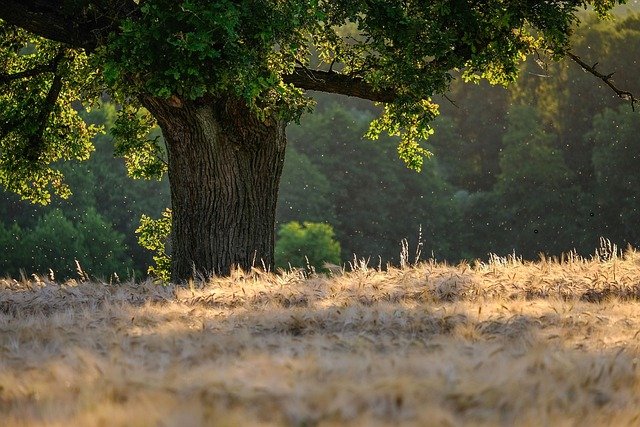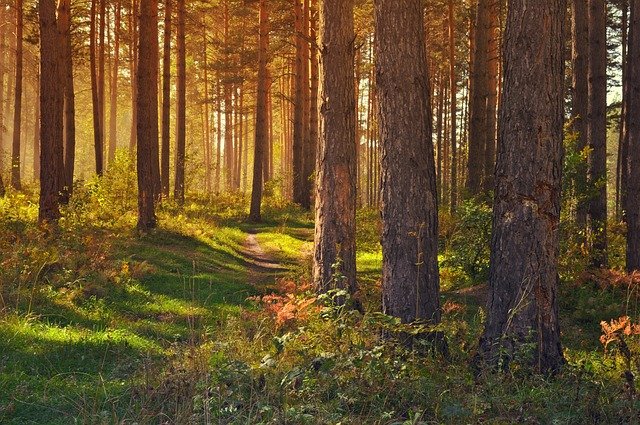**Title: "The Evolution of Storytelling in Video Games

The Secret Lives of Urban Wildlife
Urban environments are bustling with human activity, but beneath the surface, a rich tapestry of wildlife thrives. From raccoons rummaging through trash cans to hawks nesting on skyscrapers, urban wildlife has adapted to life in the concrete jungle. In this post, we’ll explore the fascinating behaviors, adaptations, and challenges faced by these resilient creatures.
The Adaptation Game
1. Finding Food
Urban wildlife has become adept at finding food sources in unexpected places. Many animals, like pigeons and squirrels, have learned to navigate human spaces to scavenge for food. Raccoons, known for their dexterous paws, can open trash bins and even unlock doors in search of a meal.
2. Shelter in the City
Cities provide unique habitats that wildlife can exploit. Birds often nest in the nooks of buildings, while small mammals may find refuge in parks and gardens. Some species, like foxes, have taken to living in abandoned lots or green spaces, blending in with their surroundings.
3. Behavioral Changes
Urban settings have forced wildlife to alter their behaviors. Nocturnal animals, such as opossums and skunks, may become more active during the day to avoid human interactions. This shift in behavior can have significant implications for their survival and ecological roles.
The Hidden Challenges
While urban wildlife displays remarkable adaptability, they also face numerous challenges:
1. Habitat Loss
As cities expand, natural habitats are often destroyed, leaving wildlife with fewer places to live and find food. Green spaces are crucial for maintaining biodiversity, yet they are frequently built over or neglected.
2. Human-Wildlife Conflict
Increased interactions between humans and wildlife can lead to conflicts. Animals may be seen as pests, leading to measures that harm them. Educating the public about coexistence is essential for fostering a harmonious relationship.
3. Pollution and Disease
Urban environments can expose wildlife to pollutants and diseases. Contaminated water sources and litter can harm animals, while high-stress environments can weaken their immune systems, making them more susceptible to illness.
How You Can Help
You don’t need to be a wildlife expert to make a difference! Here are some simple ways you can support urban wildlife:
- Create Wildlife-Friendly Spaces: Plant native flowers and shrubs in your yard or community spaces to provide food and shelter for local species.
- Reduce Waste: Properly dispose of trash and recycle to minimize litter that can harm wildlife.
- Educate Others: Share your knowledge about urban wildlife and the importance of coexistence with friends and family.
Conclusion
The secret lives of urban wildlife are a testament to nature's resilience. By understanding and appreciating the challenges and adaptations of these creatures, we can work towards creating a more harmonious coexistence. Next time you spot a squirrel or hear a bird call, take a moment to consider the incredible life happening all around you in the urban landscape.
Feel free to share your experiences with urban wildlife in the comments below! What animals have you noticed in your city? 🦉🌳🐾

All images are taken from the Pixabay.com